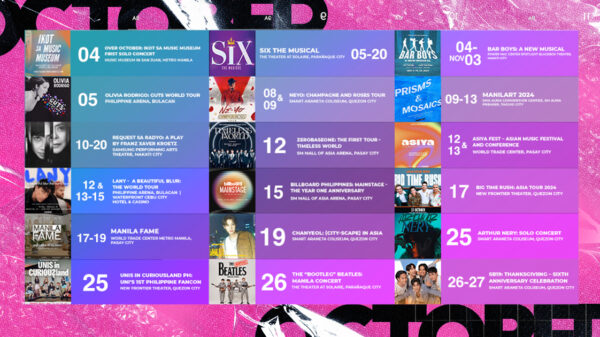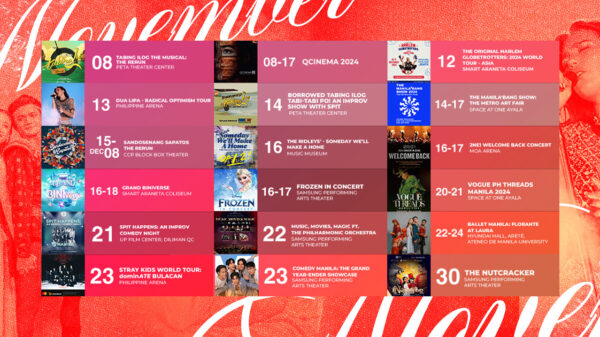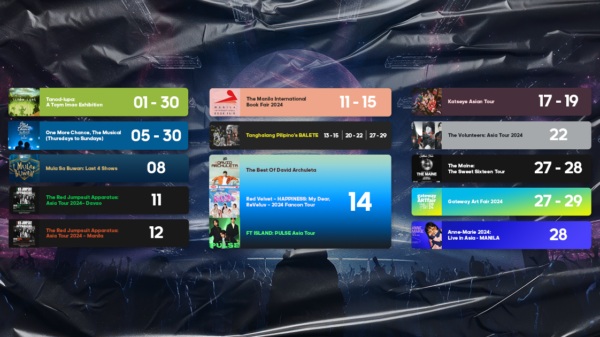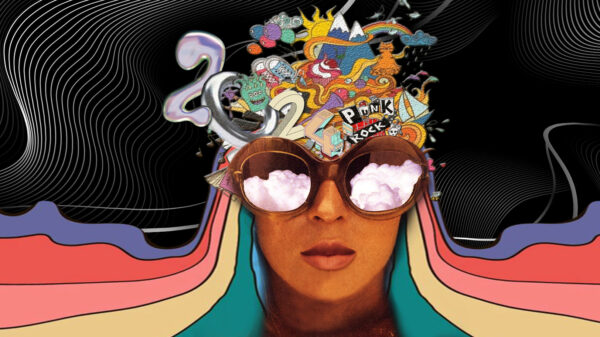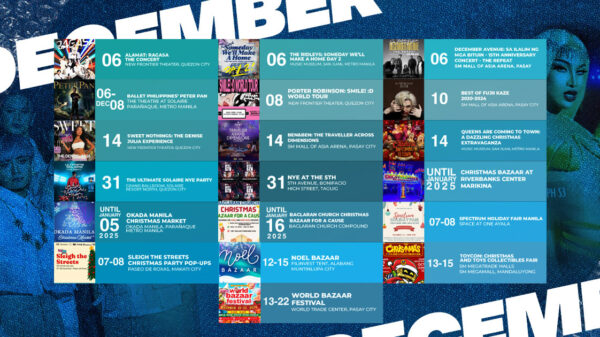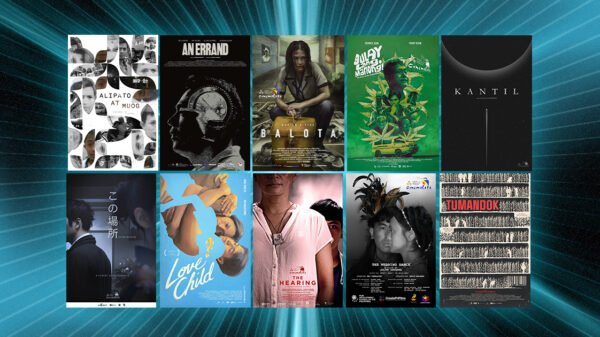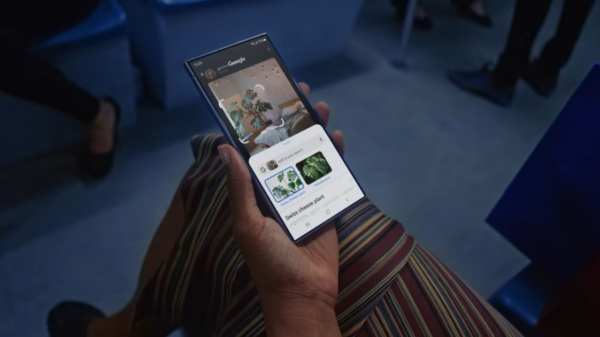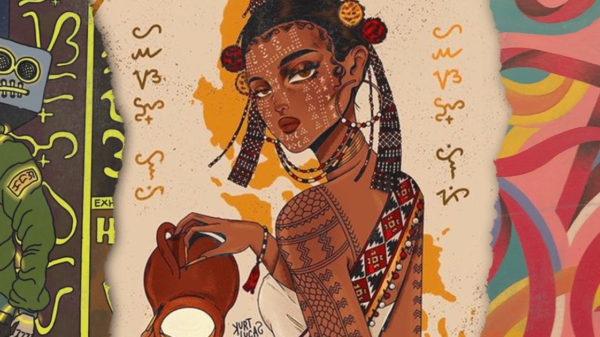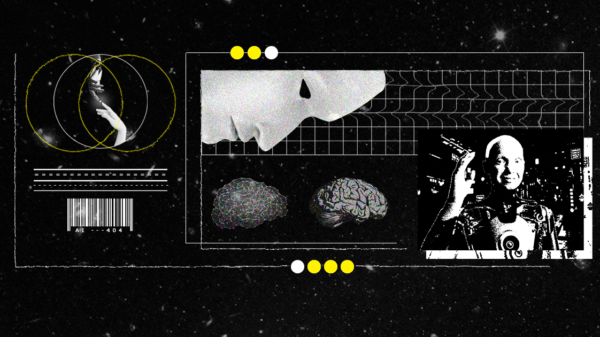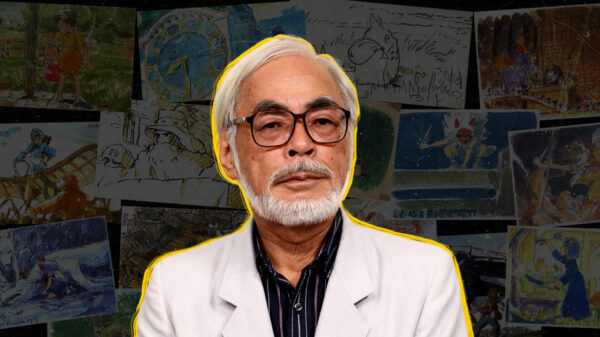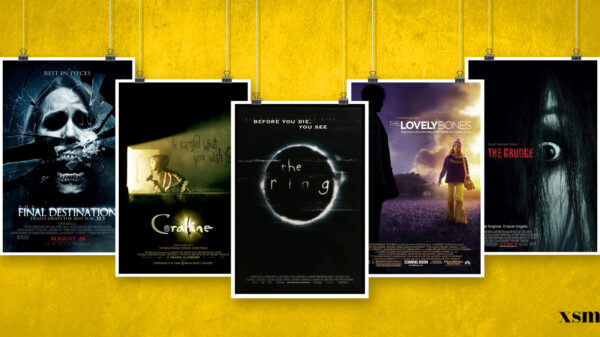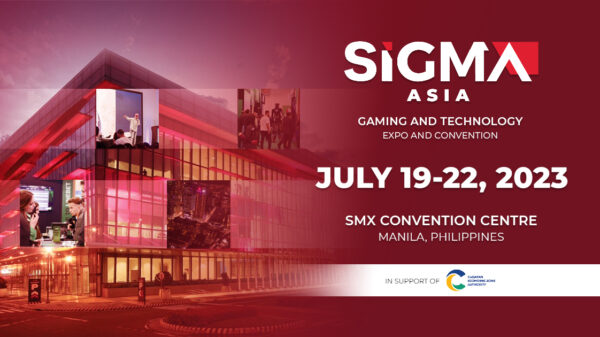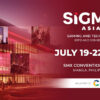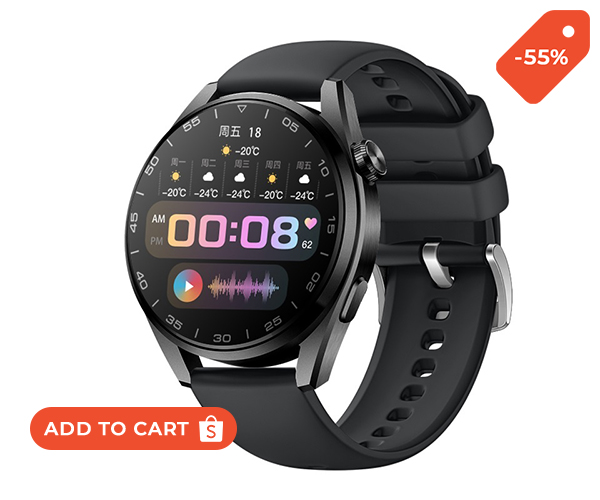From the striking logos we see on billboards and packaging to the sleek websites we browse on our phones; graphic design is all around us. Graphic design is influenced by a country’s culture, society, and history. It combines text, images, and visuals to create captivating designs that effectively convey ideas.
Making powerful and useful designs for a range of applications requires the use of visual communication and creative problem-solving techniques. By using images, colors, and typography, designers can convey complex ideas and messages without relying on words.
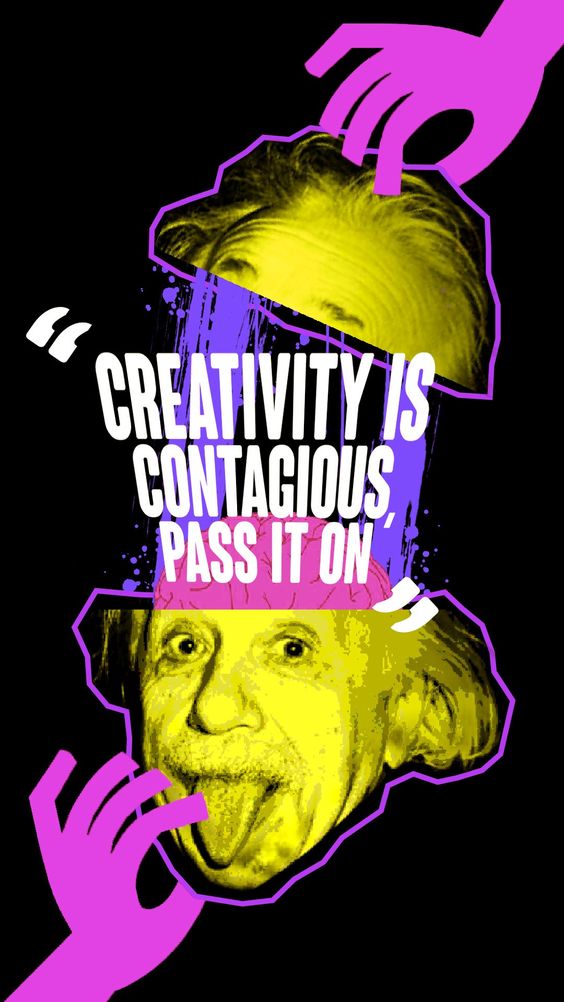
Each nation’s unique cultural and historical contexts have shaped its graphic design approach, resulting in a fascinating global tapestry of design styles and techniques. Graphic design has played a significant role in promoting world peace, creating opportunities, and fostering resolutions around the world. It has also led to the emergence of new professions in the field, innovative artwork, and enhanced global connections.
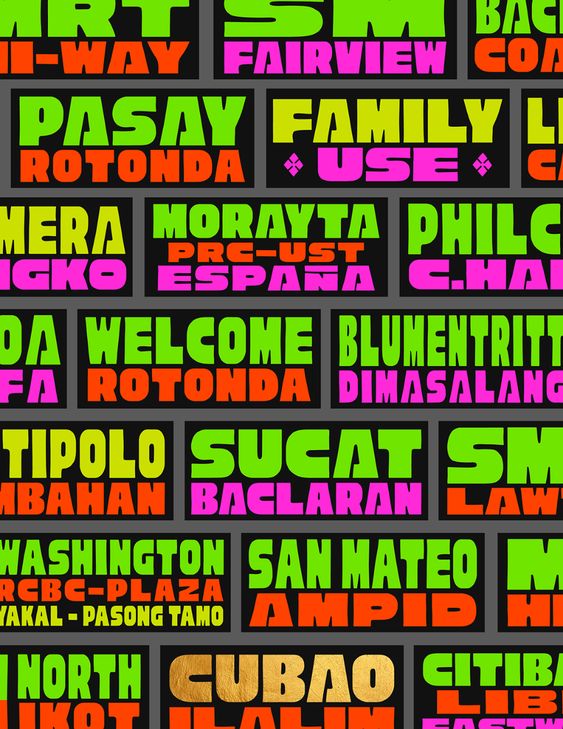
By bridging cultural gaps, graphic design has allowed for a harmonious blend of tradition and modernity in the Philippines, evident in features such as the ‘sari-sari’ store sign and the iconic jeepney silhouette. These elements add a distinctly Filipino flavor to branding and visual communication. Therefore, graphic design is a transformative medium that connects us to the world.
GRAPHIC DESIGN THROUGH THE AGES
Back in the day, graphic design traced its roots back to prehistoric times with cave paintings and early forms of visual communication, such as hieroglyphics in ancient Egypt. Then, it began to revolutionize when the invention of the printing press led to the mass production of books, allowing for the dissemination of knowledge and the rise of typography as an essential design element. Graphic design was fueled by advances in technology and changes in social and cultural activities. Furthermore, graphic design became a profession.

As technology advances and design trends shift, graphic design continues to evolve, reflecting the creative expression of each era and pushing the boundaries of visual communication. Today, graphic design is a global field that is practiced in countries all over the world. While there are many similarities in the design principles and techniques used by designers in different countries, there are still notable differences that reflect each country’s unique cultural and historical contexts.
THE EUROPEAN GRAPHIC MAGIC
Europe, a haven of design movements that have revolutionized modern graphic design, thrives on innovation and boundary-pushing. Its emphasis on concept and storytelling sets it apart from other continents, embracing an avant-garde approach. Take, for example, Susan Pack’s collection of Russian film posters, The avant-garde is a rebellious wave that aimed to break free, forging new forms of expression and leaving an indelible mark on the art world.

Art Nouveau, Art Deco, and Bauhaus transformed the design landscape. Art Nouveau, renowned for its organic forms and intricate nature-inspired designs, finds expression in stunning landmarks like La Sagrada Familia in Barcelona, Spain, where the columns were created from tree trunks, giving the feeling of a natural ambiance.
Meanwhile, Art Deco radiates sophistication with its sleek lines, stylized imagery, and sense of rich style. Embracing modernity while incorporating decorative elements, it entices and engages viewers, adhering to the adage that advertising should captivate without explanation.
From these pivotal movements, art evolved into extraordinary experiences. Bauhaus, the pinnacle of modernity, masterfully fused art and design, whispering the virtues of products through their visual prowess alone. Born from the renowned German art school, Bauhaus adhered to the principle that “form follows function.”
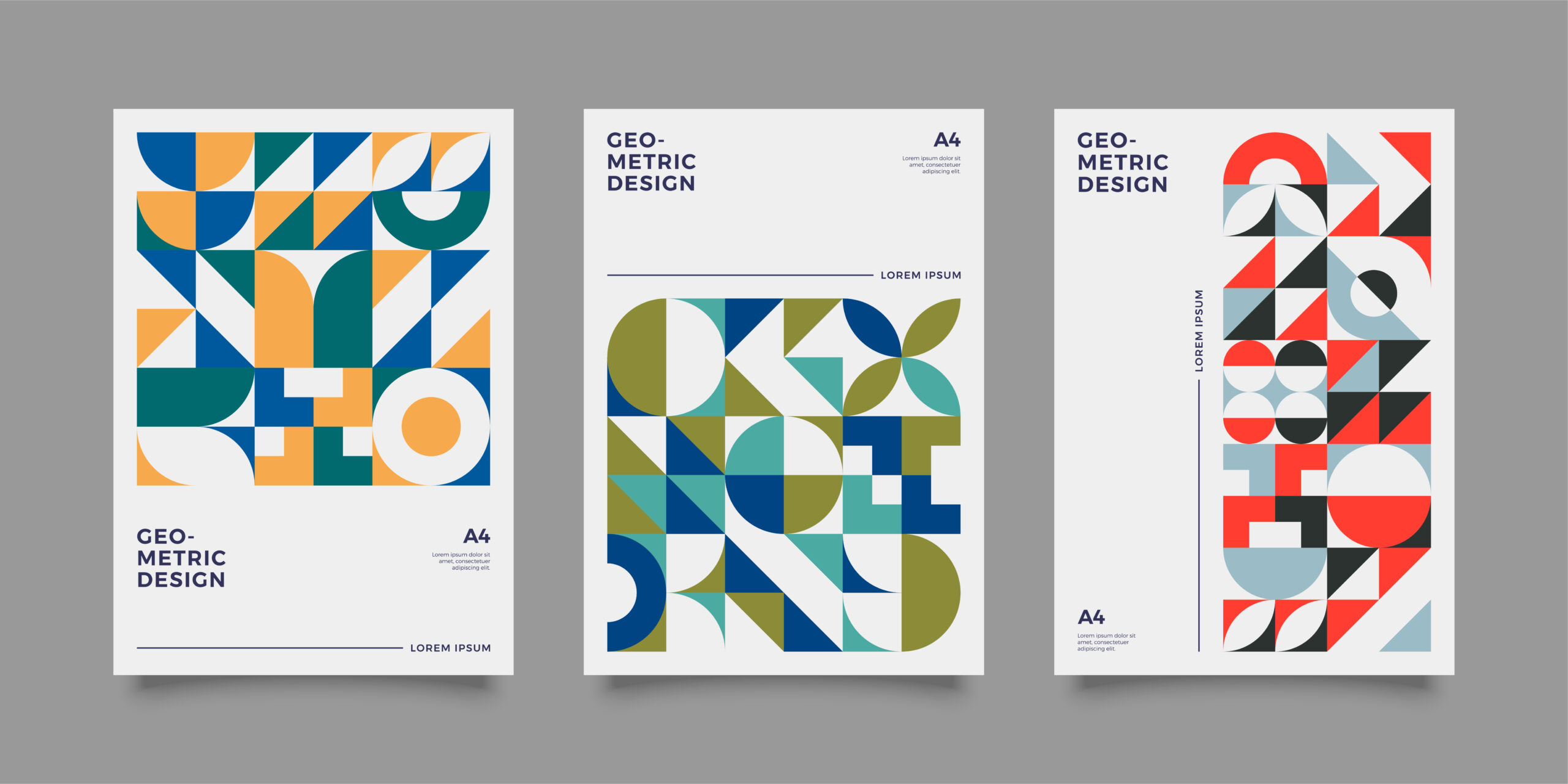
Europe’s design traditions transcend borders, offering a kaleidoscope of styles and techniques. Beyond the realms of Art Nouveau, Art Deco, and Bauhaus, designers and enthusiasts can explore the allure of Swiss minimalism, with its sans-serif typefaces gracing New York City subway signage, or revel in the iconic sense of style of Italian fashion brands like Prada. The visual languages of the continent are an enchanting feast for the eyes.
THE DESIGN OF THE AMERICAN DREAM
Step into the graphic design world of stars and stripes, where the North intertwines with the South! American graphic design is a true testament to the creativity and innovation of the United States. With the country’s foundations in democracy and individual rights, the status of being a liberated country has deeply influenced the connection between activism and design style, which makes them distinct from the others. America stands as a beacon of creative freedom and expression. For instance, the “Untitled” graffiti by Jean-Michel Basquiat raises awareness about racial segregation and alienation. Also, the rainbow flag has become a global symbol to represent the pride and inclusivity of the LGBTQ+ community.
As a liberated country that fosters activism and free speech, graphic design plays a vital role in visually expressing ideas. The Uncle Sam poster served as a form of persuasive propaganda during a time of war. Thus, graphic designers back in the day played a role in visually expressing these ideas through psychedelic posters, book covers, and other publications. The Pop Art Movement adopts bold colors, repetitive patterns, and the appropriation of popular symbols. Besides the iconic I Love NY logo, in Barack Obama’s 2008 presidential campaign, the “Hope” portrait is the best example of pop art gaining widespread recognition and becoming an influential piece of political graphic design.

Bold, expressive, and driven by commercial considerations. American graphic design has a reputation for pushing the boundaries and embracing new ideas especially when it comes to business set-ups. Innovation? Think about the bitten apple in the Apple logo or the hidden arrow in the FedEx logo! Simplicity? Consider the Nike Swoosh Logo! Story-telling? Tap into nostalgia with the Disney logo! Famous American logos contributed to the distinctive of the country’s graphic design practices.
North America’s design tends to be more minimalistic, with a clear separation between fine art and graphic design. In contrast, South America embraces expressive forms while blending fine art and graphic design. While these differences exist, it’s important to note that there are also overlaps and exchanges between North and South American graphic design. Designers from both regions often draw inspiration from each other, resulting in one American dream.
THE ASIAN EUPHORIA STYLE
Asia embodies the fusion of tradition and innovation, where artistry knows no limits. Reflecting the philosophical concept of Yin and Yang, designers create a visual equilibrium between opposing elements, such as light and dark, organic and geometric shapes, and positive and negative spaces. Thus, fostering a deeper connection to tradition, symbolism sets the continent apart from the others. The integration of symbolism allows for more culturally rooted communication, making it a distinctive feature. In particular, Yin Yang’s holistic worldview shocked the world by challenging dualistic thinking in philosophy, religion, and science.

Asian graphic designers often strive for harmony in their designs, influenced by principles such as Zen philosophy. Zen aesthetics teaches us to find beauty in the relationship between different elements and to create a sense of visual equilibrium. Keeping that in mind, MUJI, a Japanese retail company, is renowned for its minimalist and functional designs. Their graphic design is simple, natural, and essential. Their designs prioritize clarity and functionality while evoking a calm and uncluttered aesthetic.
![]()
Feng Shui is a Chinese system of arranging and harmonizing spaces to promote positive energy flow and well-being. It involves the strategic placement of objects, colors, and furniture to optimize the flow of “Qi,” or life force energy. By using the Bagua map as a guide, designers can ensure a balanced and harmonious arrangement of content within a design. This approach can help create a visually organized and cohesive layout that aligns with the principles of Feng Shui.
Asian graphic design does not stop there, as it is like a big box of colorful crayons with different styles inside. In Japan, they have manga and anime. For instance, the anime “Demon Slayer” was incorporated into the Great Wave. The manga-anime demonstrates graphic design through its attention to detail and captivating visual effects, while the poster is renowned for its intricate details.
CONCLUSION
In a world where images speak louder than words, global graphic design plays a powerful role in helping us to bridge language and cultural barriers. Its role in branding, marketing, and creative expression is indispensable, making it an essential discipline in today’s world. Let’s consider the use of color in graphic design. In Western cultures, bright and bold colors are often associated with energy; however, in Asian cultures, they are more muted and harmonious, reflecting a sense of tranquility. By understanding these cultural nuances, graphic designers can choose colors that align with the target country’s preferences, ensuring their designs are visually appealing and culturally appropriate for the intended audience. Therefore, what unites them all is a dedication to storytelling, innovation, and creating designs that inspire, inform, and captivate audiences.

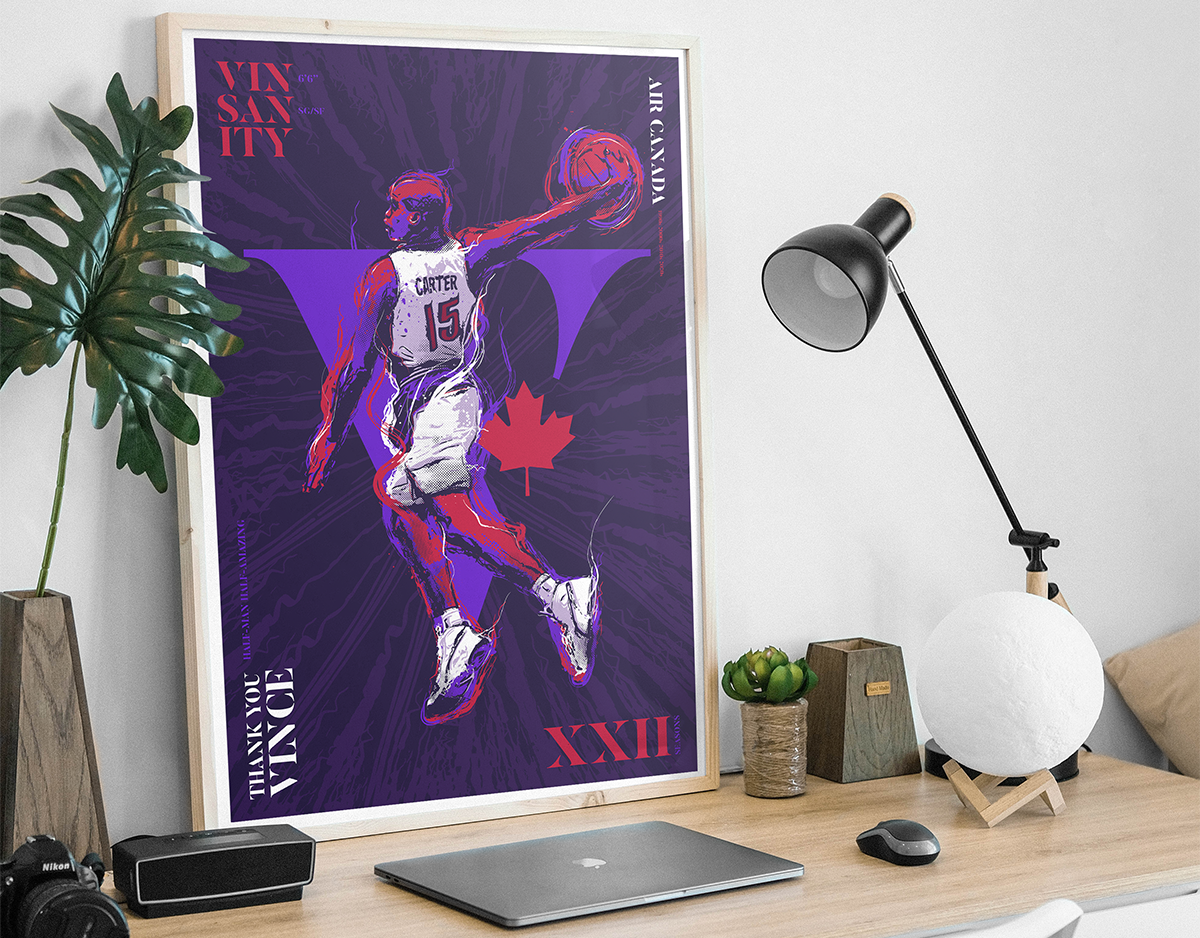
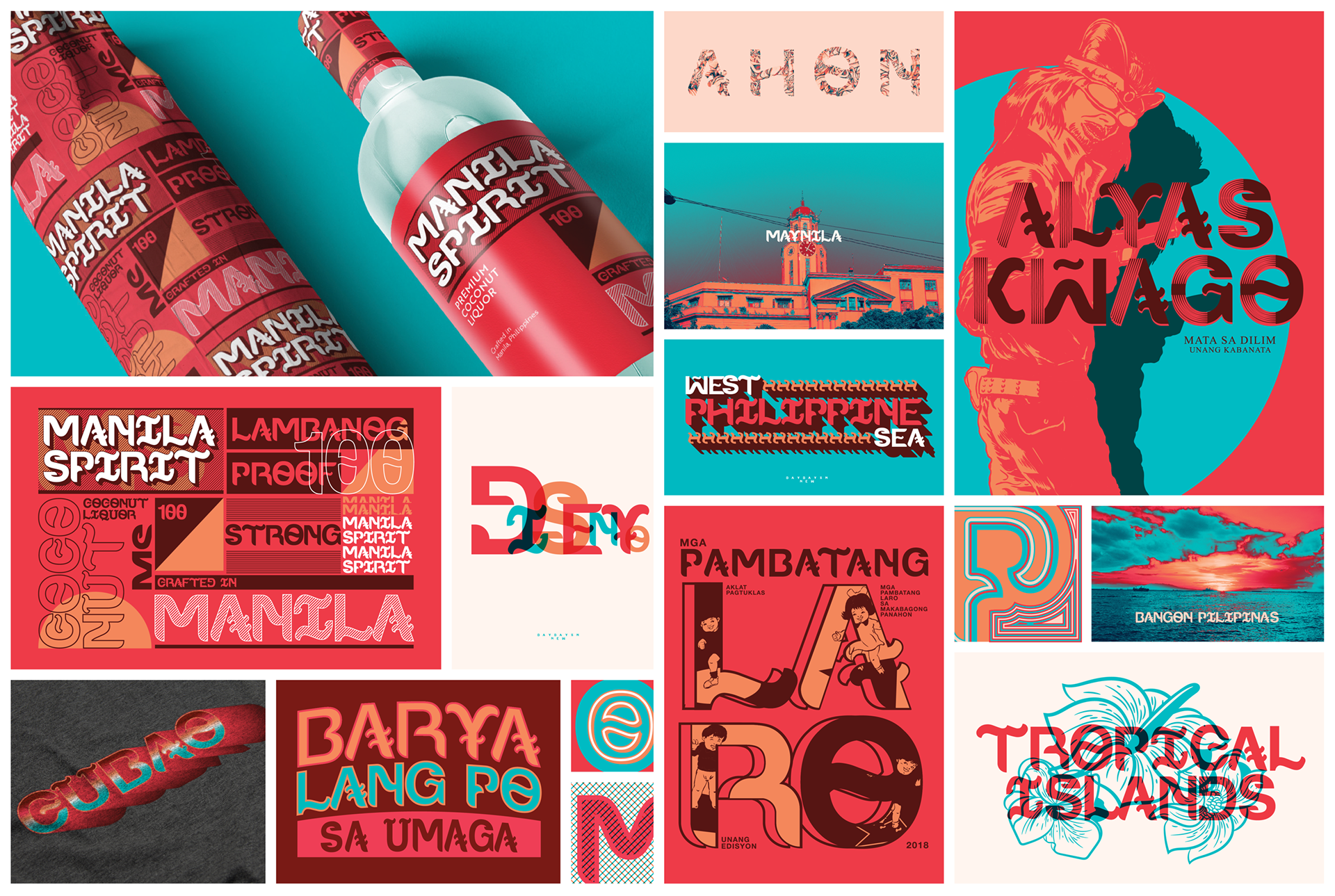
In the Philippines, graphic design is a colorful and captivating fusion of tradition and modernity. Global graphic design has had a significant impact on the country with further exposure to global trends, collaborations, and recognition. With designers like Dan Matutina and AJ Dimarucot making waves on the global stage, Philippine graphic design is making its mark on the global design scene. This exposure not only elevates the profile of Philippine graphic design but also provides opportunities for designers to grow and learn from the global design community. Hence, it is great to celebrate the revival and awareness of the Baybayin script as it was introduced in the graphic design world.







